Bobcat Exhibit Update
The Zoo’s new Bobcat Exhibit is open and Kilgore can be seen from 10am-1pm daily. Follow the Zoo on Facebook for more exhibit updates and bobcat news. Learn about Kilgore below or click to get to know Josie.
The Maryland Zoo in Baltimore has begun to renovate space in the Maryland Wilderness area to bring a new species to the Zoo. “We are thrilled to announce renovations to the exhibit space next to the otter to bring bobcats to the Zoo,” said Don Hutchinson, President/CEO of The Maryland Zoo. “Bobcats, while seldom seen, are native to Maryland and it seems fitting to repurpose the space for such an enigmatic species.”
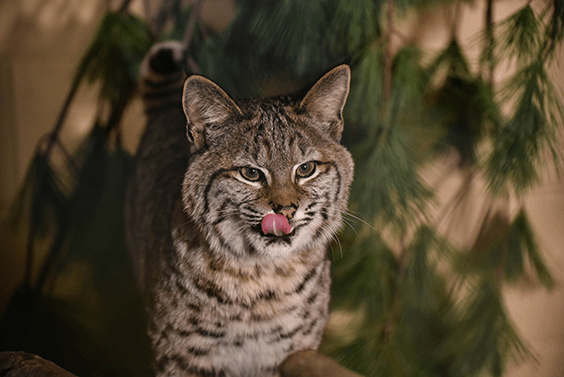
The bobcat exhibit will be adjacent to the otters just outside of the Marsh Aviary. Frequent zoo visitors will know this as the exhibit formerly housing red fox. “We are demolishing some of the high rock walls that previously surrounded the water feature and will create a lot of vertical space to give the bobcats room to climb and jump,” continued Hutchinson. “When repurposing such an area, we strive to give the animals space that replicates their native habitat as well as giving guests the ability to see them in order to learn more about the species. I think both the bobcats and our zoo visitors will love what we are building.” The Zoo expects the exhibit to open in the spring of 2017.
Bobcats (Lynx rufus) are nocturnal, thus they are seldom seen by humans, despite roaming throughout much of North America and living in such diverse habitats as forests, swamps, deserts, and even suburban areas. Bobcats are mainly found in western Maryland, they can also be seen occasionally in the Piedmont region and very rarely along the Atlantic Coastal Plain. “Bobcats are actually the most abundant wild cat in the U.S.,” noted Erin Cantwell, mammal collection and conservation manager at the Zoo. “They grow up to around 30 lbs, about twice the size as a housecat, and thrive on a varied diet of birds, mice, squirrels, rabbits and other smaller animals. They are named for their distinctive short, “bobbed” tail.”
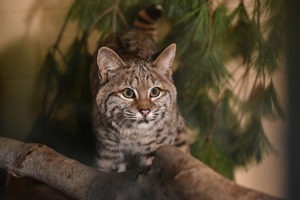
The Animal Team is already caring for one young male bobcat behind the scenes. Bobcat ‘Kilgore’ was found by a fisherman in June 2016 in Oregon. The Oregon Department of Fish & Wildlife took possession of the kit before turning him over to the Oregon Zoo for care. “The Zoo staff took him in when he was approximately 6-weeks-old and weighed a little less than 2 pounds,” continued Cantwell. “While he was definitely underweight for his age, overall he looked to be in good health. However, since he had been found alone at such a young age, he was not a candidate for release back to the wild.”
Staff at the Oregon Zoo raised him for a few months before he was transferred here in September. He was named for the Kilgore Falls, Maryland’s second-highest vertical waterfall, in Rocks State Park.
“Kilgore now weighs about 10.5 lbs and he continues to grow at a good pace,” said Cantwell. “He is very inquisitive and has excelled in his training program with the Maryland Wilderness keepers. I think our Zoo guests are going to be amazed to watch him grow and explore his new home when it opens. He’s a really special animal.”
The bobcat exhibit renovation was designed by CLR Design, a zoo architecture firm located in Philadelphia, PA, and the general contractor is Baltimore-based Kimball Construction Company. The mesh top, which will create the vertical space above the ground level of the exhibit, is being crafted by Nets Unlimited, with interior caging by Corners Unlimited and rockwork by Cemrock. The overall habitat space measures 770 square feet, which includes both the pool and land areas. Funding for the work was provided by the State of Maryland.


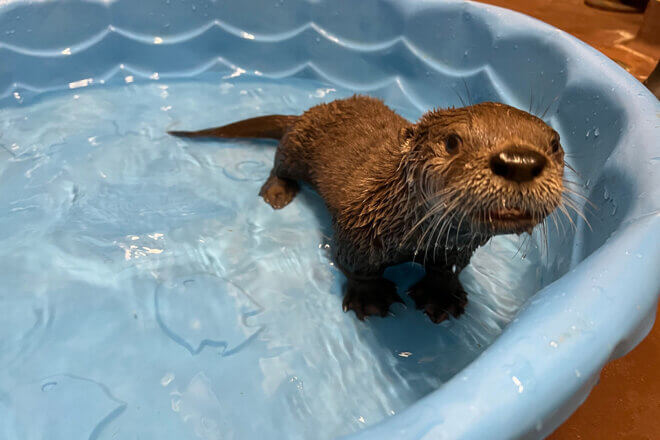
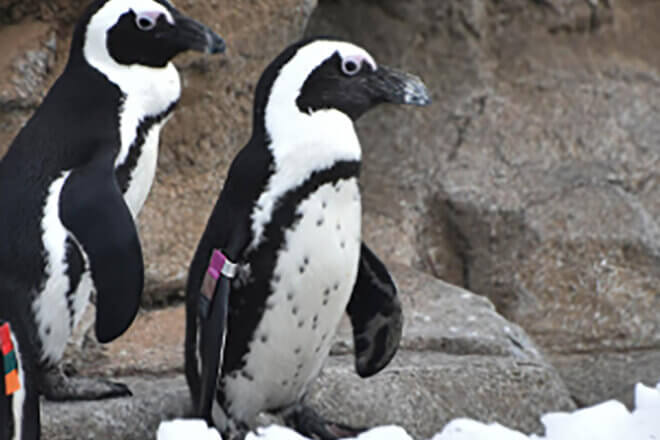
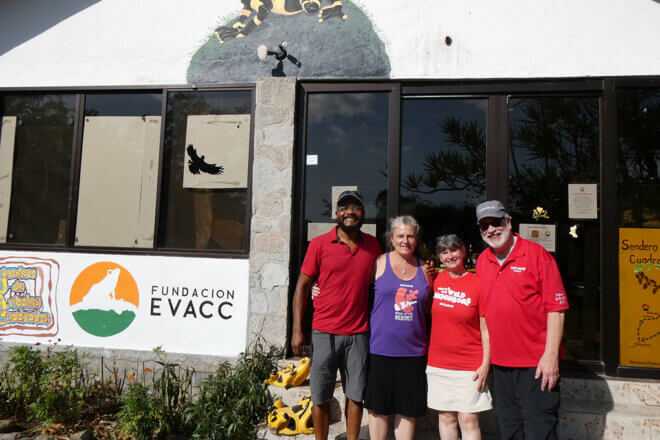

Share this article